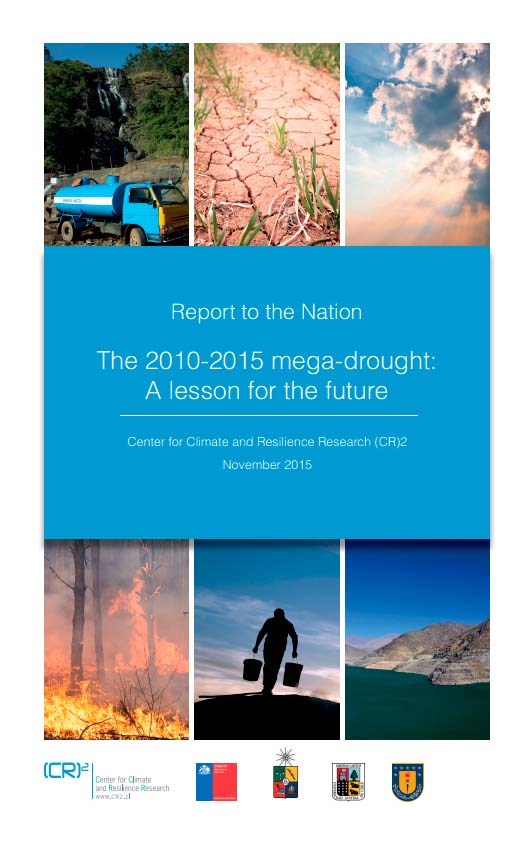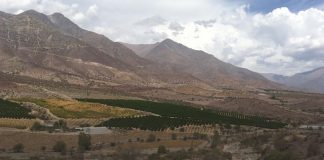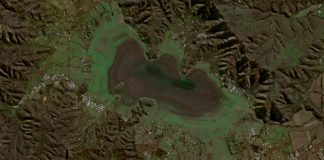The 2010-2015 mega-drought: A lesson for the future
Starting in 2010, the Chilean territory between the Coquimbo and La Araucanía Regions (30°-40° ) has experienced a precipitation deficit of approximately 30%. Not only have these conditions lasted continuously since then, but they have coincided with the warmest decade of the last 100 years, exacerbating the water deficit by increasing the evaporation rate from lakes, reservoirs, and agricultural crops. The duration and spatial extent of the current drought – which we will refer to as a “mega-drought” – are extraordinary in Chile’s historical record. This phenomenon is also unparalleled in one thousand years of reconstructed precipitation based on tree-ring growth records.
Faced with the multiple impacts of the mega-drought, Chilean society has responded in a variety of ways. However, all the measures taken have been based on the assumption that the current drought is an extraordinary but transitory event. We have overlooked the fact that at least 25% of the precipitation deficit during the mega-drought is attributable to anthropogenic factors.
Studies indicate that during the twenty-first century these trends will continue, causing the gradual aridification of Central and Southern Chile, and increasing the frequency and intensity of widespread and protracted droughts such as the current one.
Considering the fact that this type of drought is almost unique in historical records and that it is expected to be more frequent in the future, the Center for Climate and Resilience Research (CR2) presents this report to the nation, as a contribution to our understanding of the root causes and consequences of the phenomenon, along with a critical analysis of the ways in which civil society and the government are responding.








